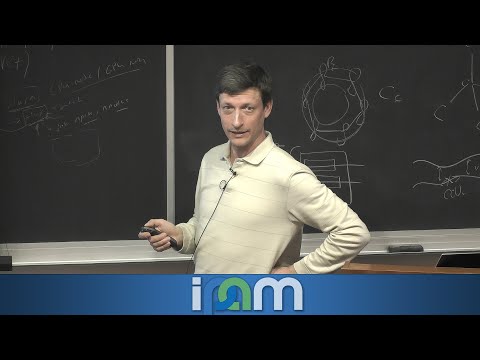Description:
Explore a comprehensive lecture on uncertainty-aware machine learning models for many-body atomic interactions presented by Boris Kozinsky from Harvard University. Delve into the evolution of atomistic modeling methods, limitations of current ML functionals, and innovative approaches like nonlocal features for exchange energy. Discover symmetry-aware machine learning force fields, including E(3)-equivariant neural interatomic potentials and the Allegro architecture. Examine FLARE Bayesian Force Fields and their application in on-the-fly active learning. Investigate the use of ML force fields for transition metals and micron-scale heterogeneous reaction dynamics. Gain insights into selecting optimal training sets and simulating large-scale dynamics, including phase transitions in 2D stanene and the evolution of Li anode-electrolyte interfaces.

Uncertainty-Aware Machine Learning Models of Many-Body Atomic Interactions
Add to list
#Science
#Chemistry
#Computational Chemistry
#Molecular Dynamics
#Computer Science
#Machine Learning
#Physics
#Phase Transitions
#Transition Metals
#Mathematics
#Statistics & Probability
#Uncertainty Quantification